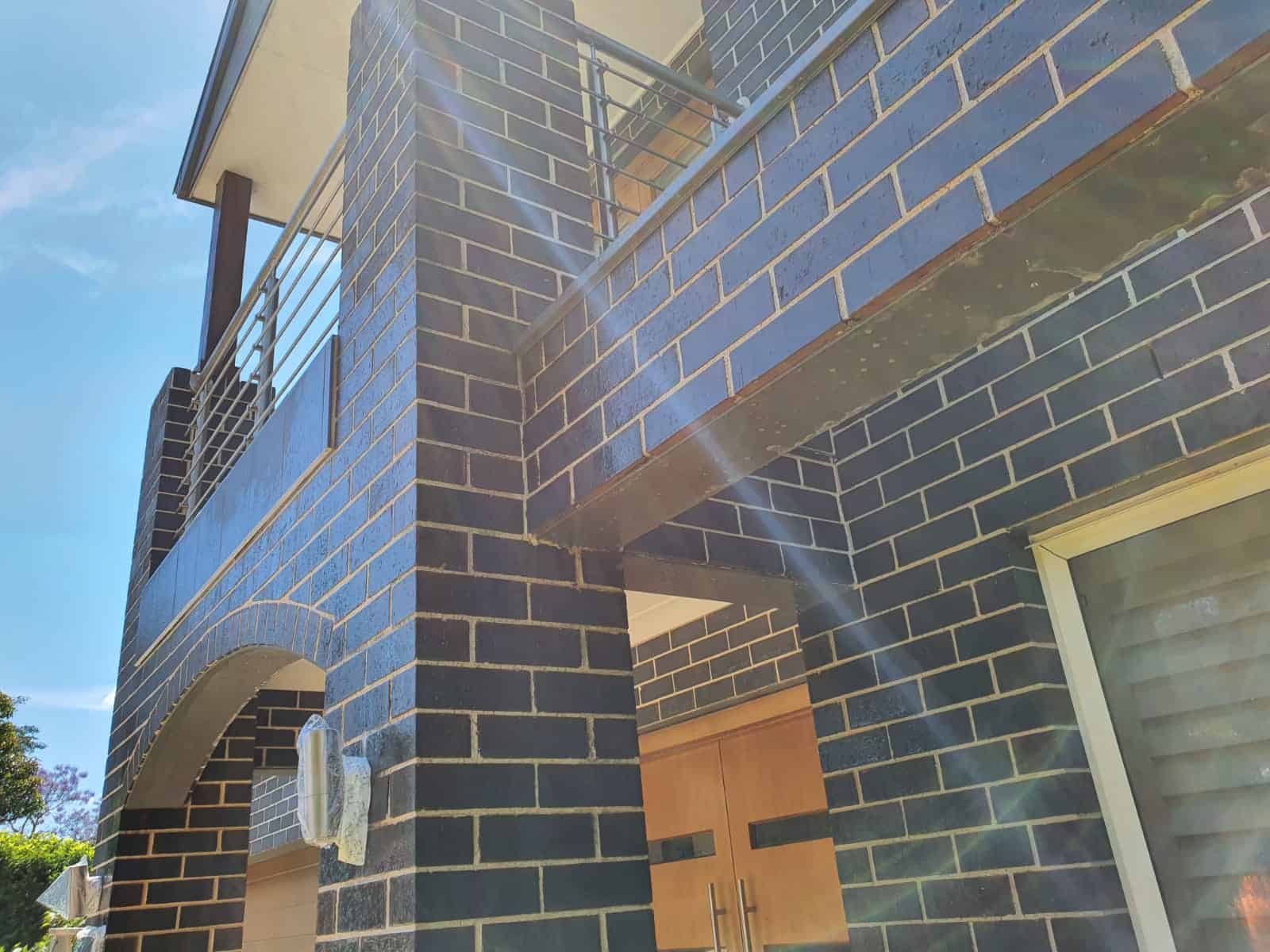High-pressure cleaning bricks
Because of its timeless, rich look, brick has been a popular choice over the years. However, over time dirt, grime, and even moss can cause discoloration, making your home’s exterior unattractive. A pressure washer is a great way to restore bricks to their former glory. These steps will make your brick look new again.
Brick is porous and therefore not waterproof. Brick absorbs water much more if it has been stripped of its facing material. Brick that is damaged will begin to decay years sooner than if it was kept in good condition. The sealant was applied to the brick patio or siding when your home was constructed. Sealant can be damaged by some cleaning methods, even if it is intact. Bricks are more susceptible to damage if the sealant isn’t reapplied every two years.
Brick looks visually appealing as it is naturally distressed. However, you don’t want the brick to look too discolored. You can make your home more beautiful by cleaning brick surfaces at least once per year.
The best way to maintain the beauty and cleanliness of your brick home or business is by using pressure washing services. Bricks are susceptible to water and dirt. Regular cleaning is essential if you want to keep your building in tip-top condition.
The pressure washing brick can help remove dust and mildew from the surface. This not only makes the building cleaner but also helps prevent dangerous situations such as water erosion causing bricks to fall.
Instructions for Cleaning Bricks Using High Pressure
If you take care when cleaning bricks with a pressure washer, it can be very rewarding. Use 800 PSI or less to clean bricks thoroughly without damaging your exterior walls. Do not stop or hover while cleaning bricks. Excessive pressure on one area can cause damage.
Brick surfaces can be cleaned with pressure washers. A brick-cleaning solution can be added to your pressure washer. You can also use water to thoroughly clean the brick after applying the cleaning solution. Too much pressure could cause damage. To avoid damaging bricks, keep the pressure at 3,000 pounds per square inch.
You might also try other methods
Try cleaning hardscapes with methods that are less likely to cause damage before you resort to a power washer. Pressure washing is not something you should be considering. Instead, use a garden hose to clean your hardscapes. You can use a spray nozzle to direct water and check if it is sufficiently pressurized to clean the affected area.
Preparation is the first stage.
You will find that most brick has some mortar, concrete, or other hard sediments. This is why you might need to use a scraper and do some work. It is possible to cause damage to bricks if you scrape them. To prevent water from getting into your mortar joints, this is a good time for you to fill any cracks or separations in your mortar joints. This is particularly important for brick walls.
Pressure Level
It is important to use the correct amount of water pressure when washing brick. The pressure must be strong enough to remove dirt and grime, but not too strong to cause damage to bricks and mortar. It is important to determine the result of any cleaning treatment that uses pressure, regardless of whether it is wet or dry grit, chemicals, or water. There are no established standards for determining the right pressure to clean each historic building material.
Avoid direct spray
Avoid spraying directly on the joints of pavers when power washing them. This can cause the sand to be washed away. To maintain the integrity and strength of your installation, replace the joint sand if this happens.
Last Thoughts
The recovery order was vacuuming suction > pressure washing and manual sweeping. The flushing flow flushed the particles from the pores and the surface. Vacuuming could remove any particles that weren’t stuck to the pores. Manual sweeping, while it would not create a hydraulic barrier, could be used as a pretreatment. However, this would allow smaller particles to block the brick. The best recovery measure was pressure washing. Joint methods were not recommended because of the incontinence of the effect and the poor price/performance ratio.


Comments are closed